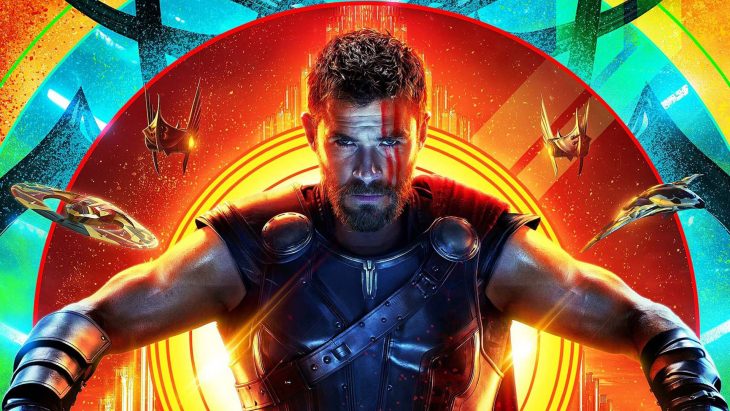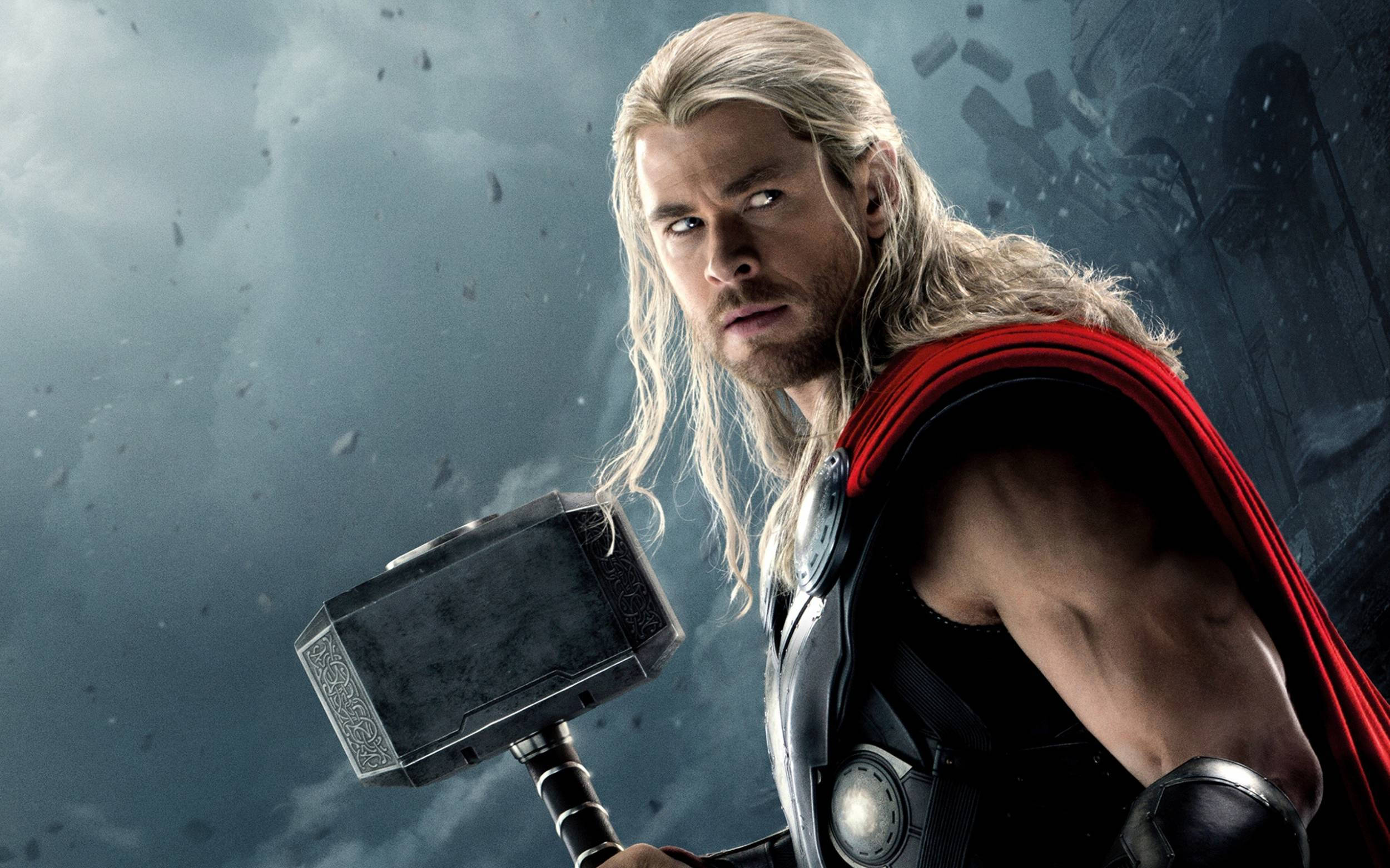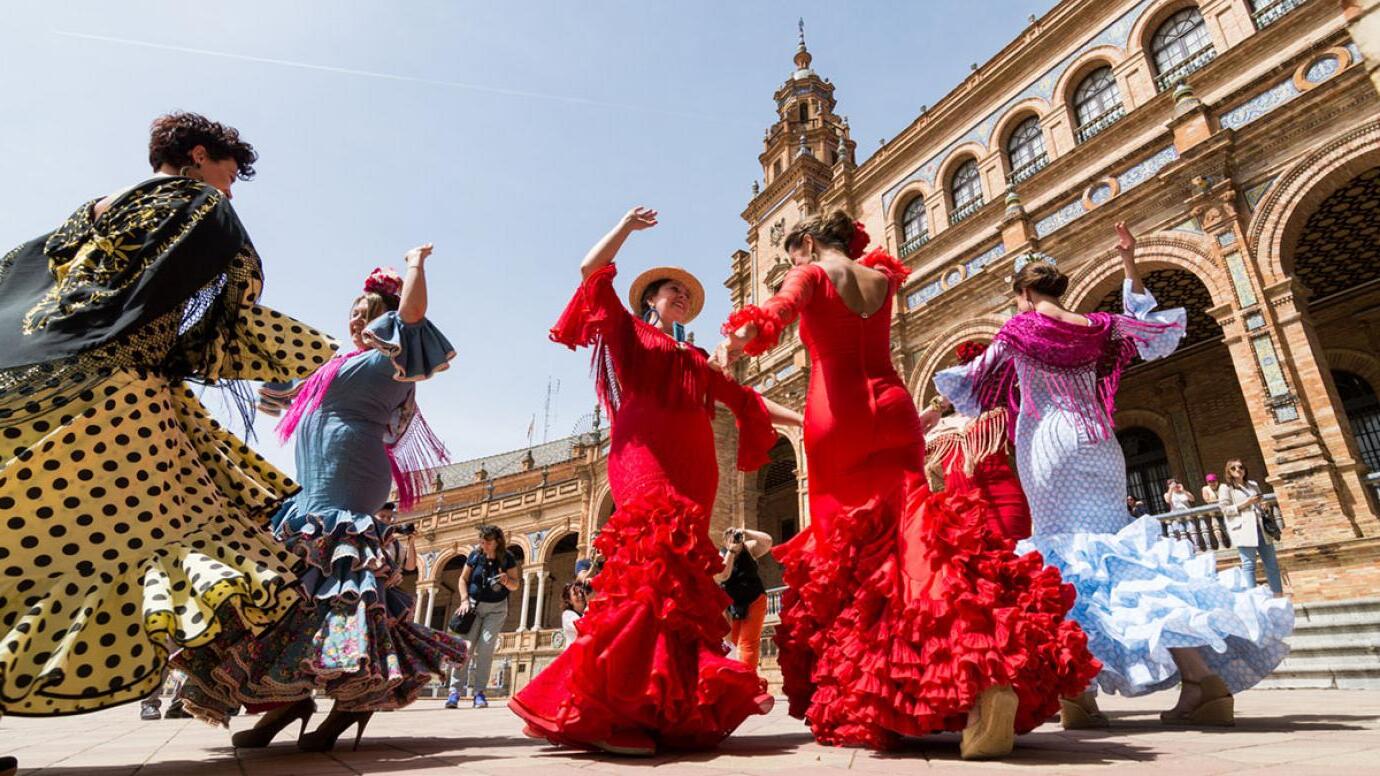
In the realm of mythology, few figures resonate as powerfully as Thor, the Norse god of thunder. With his mighty hammer Mjolnir and his thunderous roar, Thor has captured the imagination of countless generations. In this article, we will delve into the fascinating world of Thor and explore 18 intriguing facts that shed light on the legend and lore surrounding this iconic deity. From his origins in Norse mythology to his modern-day portrayal in popular culture, we will uncover the secrets of Thor’s enduring popularity. So grab your hammer and brace yourself for a thunderous journey!
Thor: The Norse God of Thunder
Thor, known as Þórr in Old Norse, is a central figure in Norse mythology. He is the son of Odin, the chief god, and the earth goddess Fjörgyn. Thor is associated with thunder, lightning, storms, and fertility. His domain encompasses both the natural forces of the world and the protection of humanity.
Mjolnir: The Mighty Hammer
One of the most iconic symbols of Thor’s power is his hammer, Mjolnir. Crafted by the dwarves Brokkr and Sindri, Mjolnir possesses incredible abilities. It is said that when Thor throws his hammer, it never misses its target and returns to his hand with lightning speed. Mjolnir is also capable of summoning storms and has the power to protect Asgard, the realm of the gods, from enemies.

The Battle Against Giants
Thor is renowned for his fierce battles against the giants, who pose a threat to the gods and the human world. These confrontations demonstrate Thor’s strength, courage, and unwavering commitment to protecting Asgard and its inhabitants from the forces of chaos.
Thor’s Mighty Chariot and Goats
Thor travels in style, riding a chariot pulled by two magical goats named Tanngrisnir and Tanngnjóstr. These goats possess the ability to be slaughtered and consumed by Thor, only to be resurrected the next day. This regenerative power ensures a continuous supply of food during their journeys, emphasizing Thor’s connection to fertility and abundance.
Thor’s Marvelous Belt and Iron Gloves
To further enhance his strength, Thor wears a belt called Megingjörð, which doubles his already formidable power. Additionally, he dons iron gloves, Járngreipr, to handle Mjolnir safely. These items illustrate Thor’s preparation for battle and his determination to wield his hammer with unwavering might.
Protector of Midgard: The Human Realm
Thor is deeply invested in safeguarding Midgard, the realm of humans, from various threats. He is particularly concerned with defending humanity against the giants, who seek to disrupt the balance between the human and divine realms. Thor’s dedication to protecting Midgard demonstrates his compassion and sense of responsibility.

Thor’s Fierce Battle with Jormungandr
One of Thor’s most notable feats is his epic battle with the colossal serpent Jormungandr, also known as the Midgard Serpent. According to prophecy, Thor and Jormungandr are destined to confront each other during Ragnarok, the apocalyptic battle that will bring about the end of the world. Despite the tremendous challenge posed by the serpent, Thor faces Jormungandr fearlessly, determined to fulfill his role in the cycle of creation and destruction.
The Thor’s-day Connection
The name “Thursday” has its origins in the worship of Thor. The word “Thursday” is derived from “Þórsdagr,” which means “Thor’s day” in Old Norse. This linguistic link reflects the significant influence Thor had on Norse culture and the enduring legacy of his worship.
The Marvel Cinematic Universe and Thor
Thor’s popularity extends beyond mythology into the realm of modern entertainment. In the Marvel Cinematic Universe (MCU), Thor is portrayed by actor Chris Hemsworth. The film franchise has brought Thor’s character to a global audience, captivating viewers with his heroic deeds, inner struggles, and captivating personality.

Thor’s Memorable Catchphrase: “I Am Thor!”
In the Marvel films, Thor is known for his memorable catchphrase, “I am Thor!” This declaration of his identity and power has become synonymous with the character, emphasizing his confidence and unwavering determination to overcome any obstacle.
Thor’s Iconic Appearance
In Norse mythology, Thor is described as a red-bearded, burly man with eyes that sparkle like lightning. He is often depicted wearing a distinctive winged helmet and a belt that emphasizes his strength. This iconic appearance has influenced artistic representations of Thor throughout history.
Thor’s Connections to Other Norse Gods
As a member of the Norse pantheon, Thor has deep connections with other gods and goddesses. His father Odin, his mother Fjörgyn, and his half-brother Loki all play significant roles in Thor’s mythology. These complex relationships add depth and intrigue to Thor’s character and the narratives in which he is featured.
Thor and the Rune Stones
Thor’s influence is also evident in ancient Norse runestones. These stones, often inscribed with symbols and texts, were used for communication, memorialization, and religious purposes. Thor’s hammer symbol, known as Mjolnir’s symbol, appears on some runestones, serving as a potent representation of protection and divine power.

Thor’s Popularity in Contemporary Culture
Thor’s popularity has transcended mythology and the Marvel Cinematic Universe, permeating contemporary culture in various ways. From comic books and graphic novels to video games and merchandise, Thor’s image and story have become ingrained in the collective consciousness of modern society.
The Cult of Thor in Ancient Scandinavia
In ancient Scandinavia, Thor enjoyed a prominent cult following. People sought his protection and invoked his name during religious ceremonies and rites. Temples dedicated to Thor were erected, and rituals honoring him were performed, reinforcing his significance in the spiritual lives of Norse communities.
Thor’s Symbolic Associations
Thor is associated with numerous symbols and elements, each carrying profound meaning. The hammer Mjolnir represents power and protection, while lightning symbolizes Thor’s connection to thunderstorms and natural forces. These symbols serve as reminders of Thor’s attributes and resonate with those who seek strength and inspiration.
Thor’s Influence on Language and Literature
Thor’s mythological legacy is evident in the linguistic and literary traditions of the Norse people. Many words and place names in Scandinavian languages contain references to Thor, showcasing his enduring influence on the region’s cultural and linguistic heritage.
Thor’s Everlasting Legacy
As we conclude our exploration of Thor’s captivating realm, it is evident that his legacy remains unshakable. From his mythological origins to his modern-day iterations, Thor continues to captivate hearts and minds worldwide. His tales of heroism, strength, and sacrifice remind us of the eternal struggle between chaos and order while inspiring us to embrace our own inner power and face life’s challenges with unwavering resolve.
Conclusion
Thor, the mighty Norse god of thunder, has left an indelible mark on mythology, literature, and popular culture. With his thunderous roar, iconic hammer, and unwavering commitment to protect both gods and humans, Thor embodies the ideals of strength, courage, and determination. From his battles against giants to his impending clash with the apocalyptic serpent Jormungandr, Thor’s adventures continue to captivate audiences worldwide.
Whether through Norse mythology, the Marvel Cinematic Universe, or cultural references in everyday life, Thor’s presence resonates with individuals seeking inspiration, power, and a connection to ancient traditions. As we delve into the rich tapestry of Thor’s tales, we are reminded of the enduring power of myth and the timeless appeal of larger-than-life figures who embody the best of humanity.
Frequently Asked Questions (FAQs)
Who is Thor in Norse mythology?
Thor is the Norse god of thunder, son of Odin and Fjörgyn. He is associated with storms, lightning, and fertility.
What is Thor’s weapon?
Thor wields the mighty hammer Mjolnir, crafted by the dwarves. It possesses immense power and allows Thor to control thunder and storms.
Is Thor part of the Marvel Cinematic Universe?
Yes, Thor is a prominent character in the Marvel Cinematic Universe, portrayed by actor Chris Hemsworth.
What is the significance of Thor’s hammer, Mjolnir?
Mjolnir represents Thor’s power and protection. It is capable of summoning storms, returning to Thor’s hand when thrown, and safeguarding Asgard.
Does Thor have any connections to other gods?
Yes, Thor is part of the Norse pantheon and has relationships with his father Odin, his mother Fjörgyn, and his half-brother Loki, among others.
What does Thor’s catchphrase “I am Thor!” mean?
Thor’s catchphrase emphasizes his identity, power, and unwavering determination to overcome any obstacle.
Was this page helpful?
Our commitment to delivering trustworthy and engaging content is at the heart of what we do. Each fact on our site is contributed by real users like you, bringing a wealth of diverse insights and information. To ensure the highest standards of accuracy and reliability, our dedicated editors meticulously review each submission. This process guarantees that the facts we share are not only fascinating but also credible. Trust in our commitment to quality and authenticity as you explore and learn with us.


